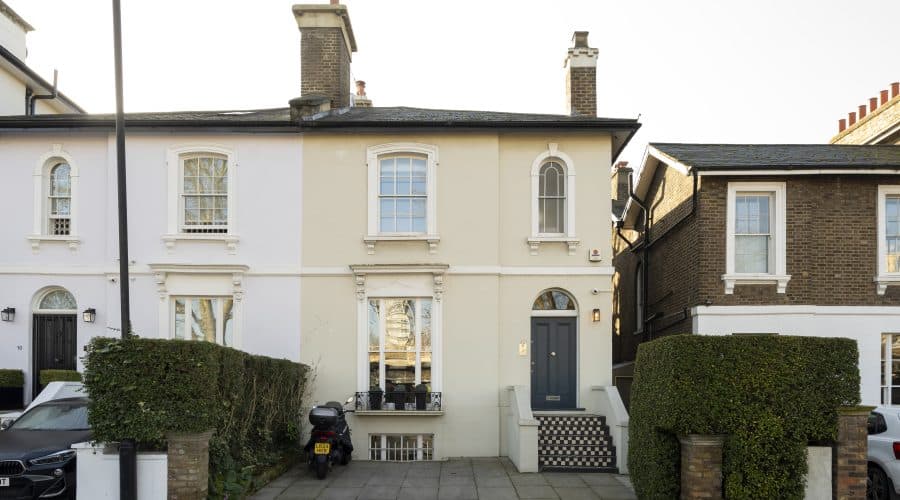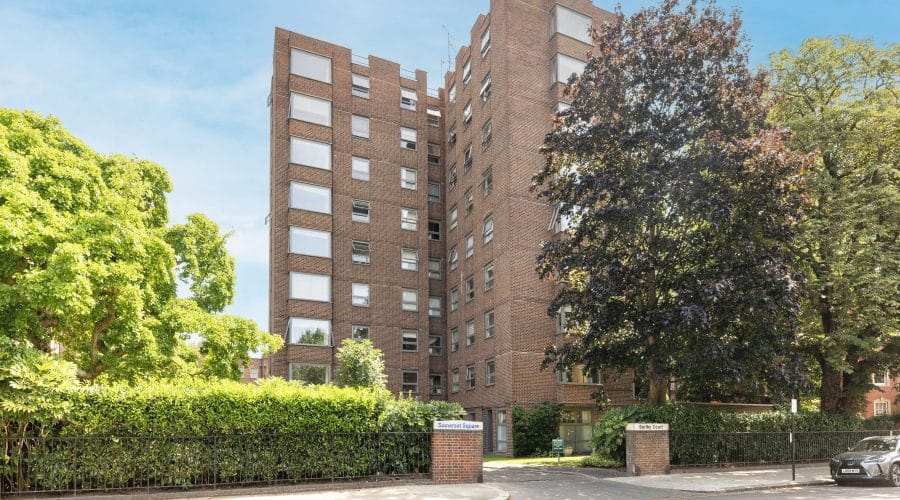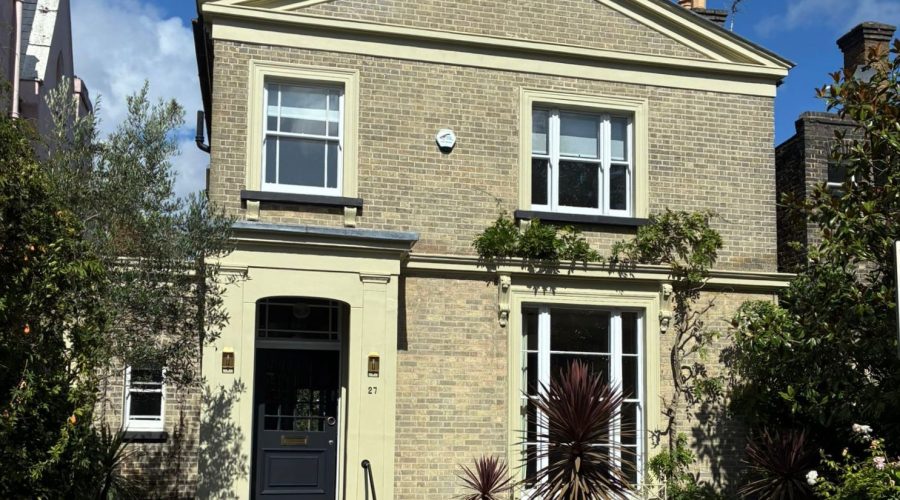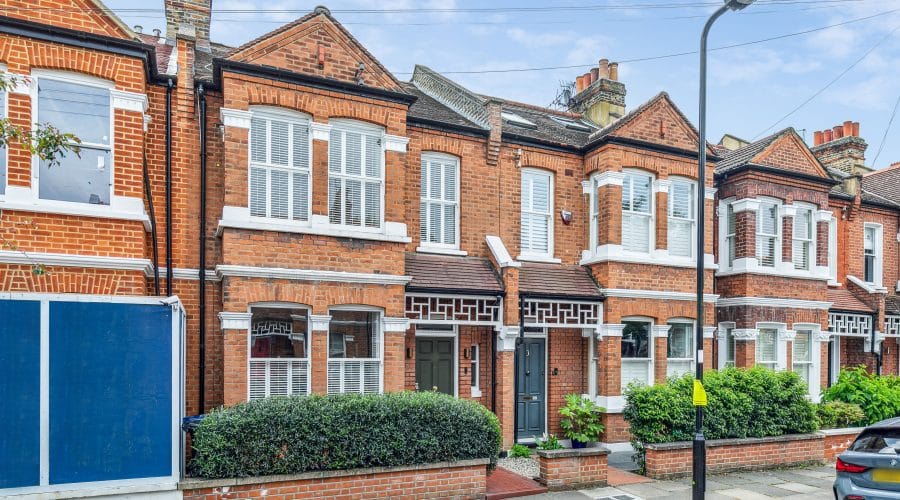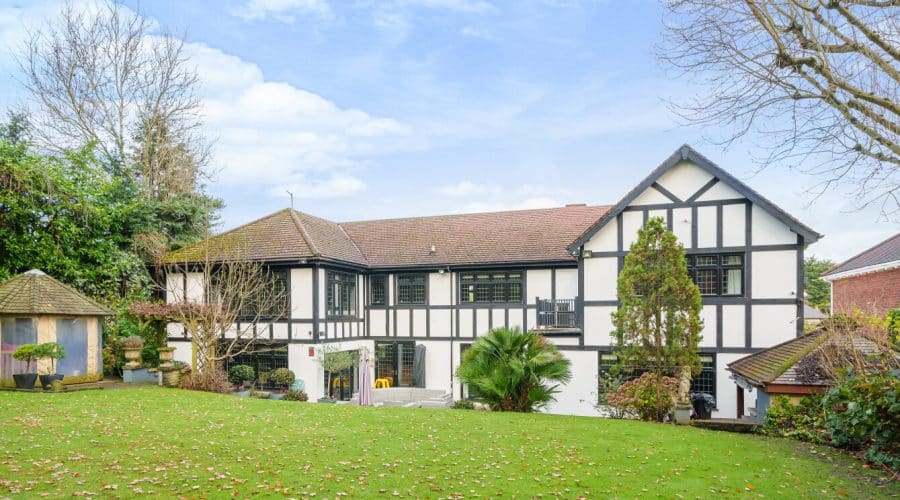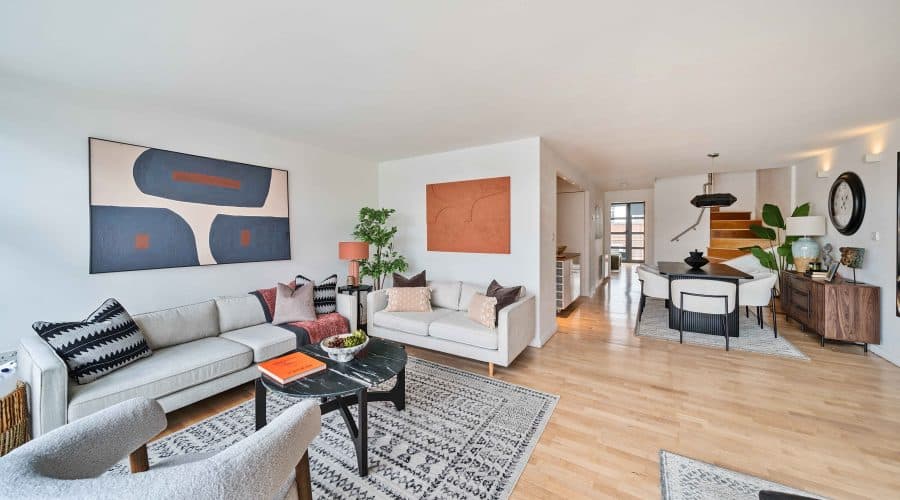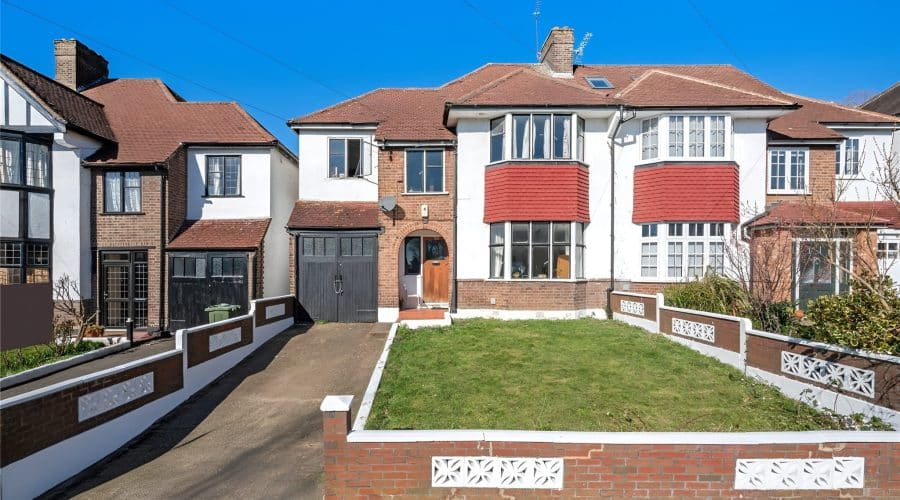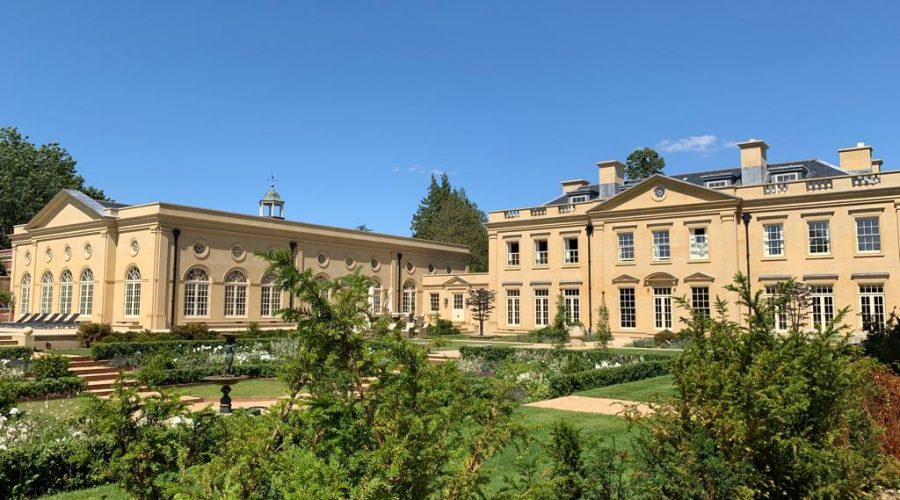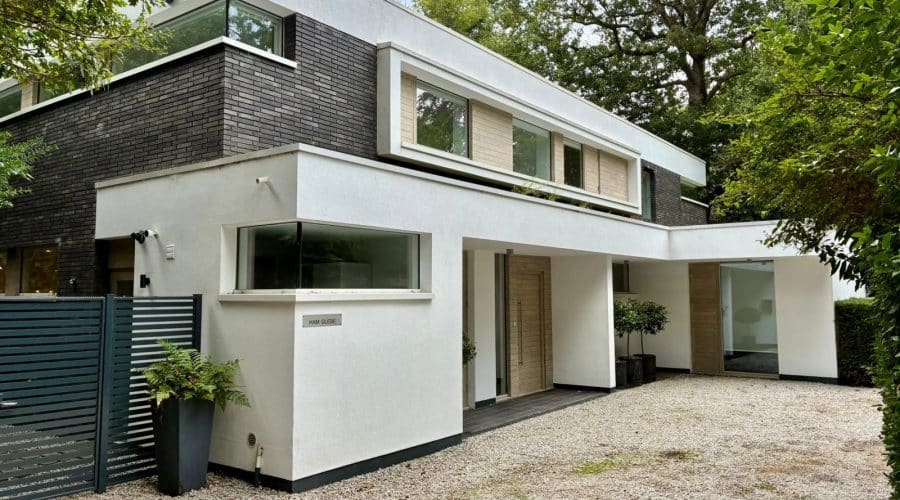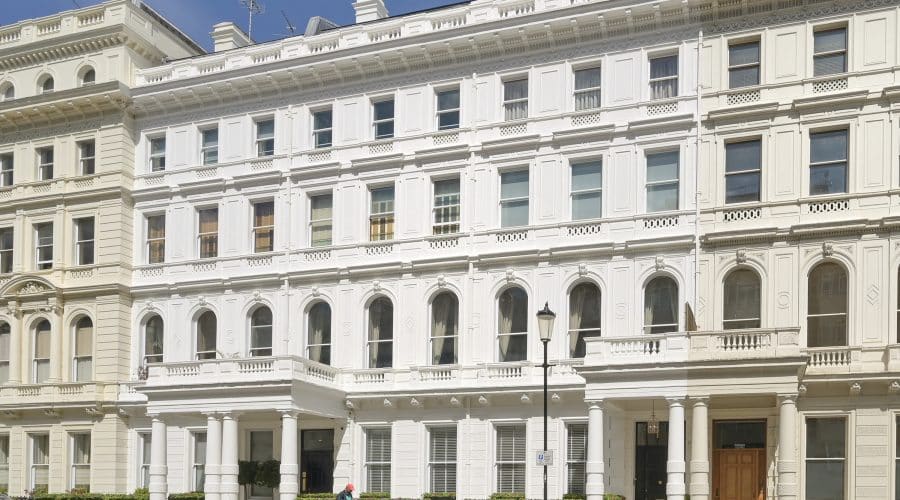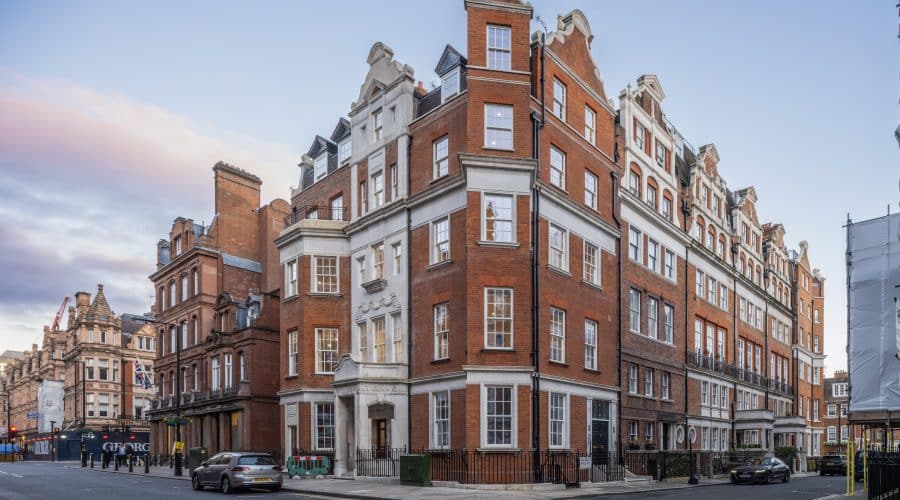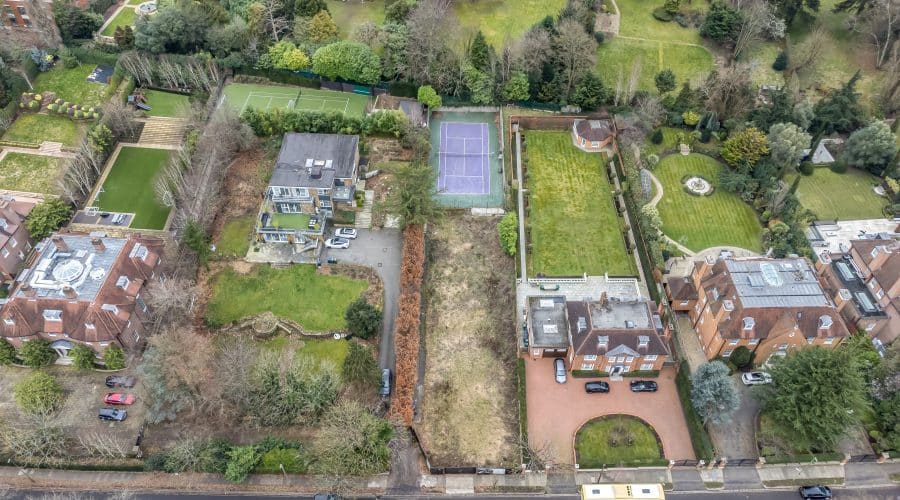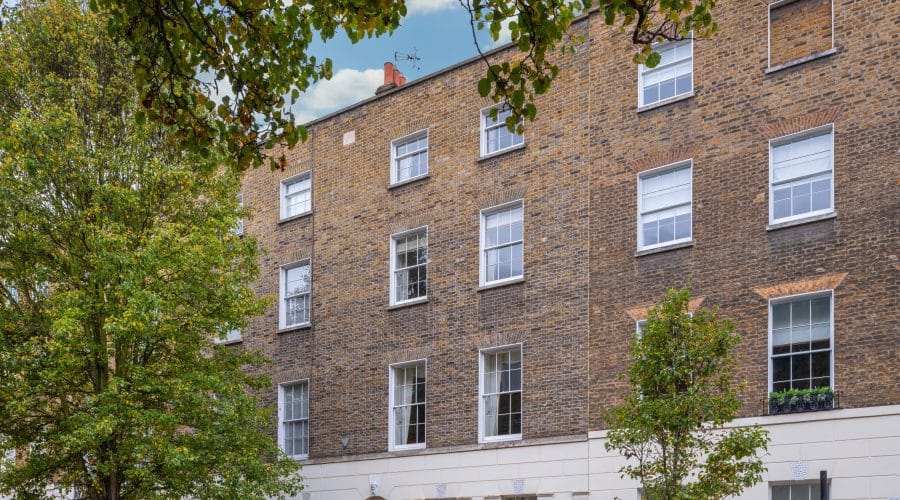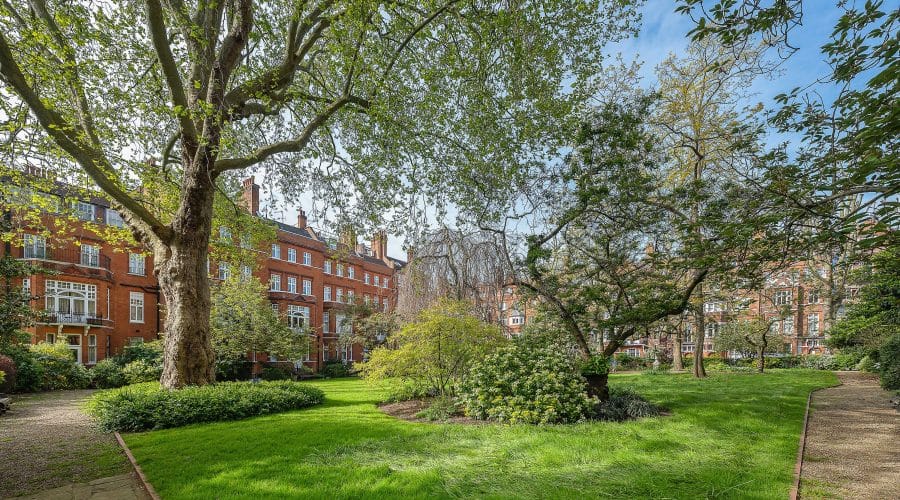By Liz Rowlinson
The £400m blossoming of Bloomsbury Hovering on the edge of prime central London, the bohemian enclave’s quiet charm and proximity to Soho and Covent Garden, is being reinvigorated by local campaigns and new investment. The brutalist Brunswick Centre, built in the 1970s, is being improved by a £24mn Lazari investment.
For the wave of Americans looking to buy in central London, those who can prise their eyes from the obvious charms of high-profile enclaves are finding a rich seam in overlooked areas that are dusting themselves down. Jacqueline Griffin and her husband, a commercial executive in higher education, moved to London last year. Originally from Colorado, they were initially “drawn to the greenery of Holland Park, and the canals around Maida Vale,” says Griffin. They struck upon the less vaunted streets of Bloomsbury serendipitously.
“We ended up walking through the area and instantly loved its Georgian architecture, and the calmness, even though it is so close to Soho and Covent Garden.” Since November the couple, who have two grown-up daughters, have rented a three-bedroom apartment on Bloomsbury Square — first laid out in the early 1660s and the one-time home of novelist Gertrude Stein and, later, architect Edwin Lutyens. “We love the bohemian and socially diverse feel,” says Griffin. “I garden with the Friends of Bloomsbury Square and have found a great sense of community.”
For buyers, Bloomsbury is a relative steal compared with its more illustrious neighbours. Last year, the average price of property sold in the area was £1,137 per square foot. Not only was this lower than 10 years ago (average prices topped £1,200 between 2015 and 2017, according to LonRes, which tracks the prime London market), it remains significantly less than the prime central London average of £1,654 per sq ft, and lower than both nearby Fitzrovia (£1,480) and Marylebone (£1,581).
“You don’t really buy in Bloomsbury for capital growth,” says Tom Kain, a partner at buying agent Black Brick Property Solutions. “You buy in Bloomsbury because it’s good value for central London.” South of King’s Cross, north of theatreland and next door to Fitzrovia, Bloomsbury has long been London’s intellectual quarter. It is dominated by the British Museum, UCL and the iconic art deco Senate House, but is also home to Soas, Birkbeck and myriad medical and publishing companies. It’s where the Russell Group of universities was formed (in Russell Square), and is still associated with the creatively progressive “Bloomsbury set” of artists and writers of the early 20th century — including Virginia Woolf, EM Forster and Vanessa Bell — who, as the American Dorothy Parker wrote, “lived in squares, painted in circles and loved in triangles”. But after being heavily bombed during the Blitz, then blighted by postwar development, Bloomsbury has not been the fashionable neighbourhood it once was.
“Some parts are studenty or touristy,” says Edward Towers of buying agent Aykroyd & Co, “but buyers love its period charm and the fact they can walk to the theatre.” A four-bedroom, fifth-floor apartment with period features on sale for £2.25mn through Chestertons A one-bedroom ground-floor apartment, £600,000 through Chestertons What they won’t find, however, are glitzy new branded apartment schemes and chichi private members’ clubs — as a result, Bloomsbury has hovered on the edge of “prime central London” in both perception and pricing. But with a local reinvention campaign under way, could this be about to change?
Bedford Estates, the district’s largest private landowner, is working alongside Imperial London Hotels, Kimpton Fitzroy London (the 1905 hotel whose dining room was replicated in The Titanic), Lazari Investments and the Central District Alliance (CDA) to reinvigorate Bloomsbury with a £400mn investment. Its plan includes both improvements to public spaces, such as the woodland planting, seating and pedestrian-friendly new layout of Princes Circus, and a slew of new hotels, including chic, boutique brands that have honed their reputations elsewhere in the capital with place-making destination bars and restaurants. The brutalist Imperial Hotel is being redeveloped; a new Zetter hotel will open in October across six Georgian town houses; and Firmdale (the brand behind The Soho and Charlotte Street Hotels) has reportedly acquired a long leasehold interest in three adjacent buildings behind Bedford Place. The historic and partially pedestrianised Lamb’s Conduit Street is full of chic independent shops.
The opening of the Elizabeth Line at Tottenham Court Road has already been a game-changer, says Alexander Jan, chair of the CDA. “The area is coming of age as a more sophisticated business district too. Office vacancy rates have fallen.” He points to newly built offices for more than 3,000 GSK staff on New Oxford Street, and McKinsey & Co on Museum Street.
In a Grade II-listed building in Bloomsbury Square, a state-of-the-art life sciences lab is being built, while Lazari has invested £24mn improving the Brunswick Centre, the shopping centre completed in 1972 that also incorporates 600 architecturally striking flats. It’s telling that wholefood brand Farmer J’s has joined Waitrose and Gail’s there, while Store Street has been smartened up and is styling itself as something of a micro-Marylebone High Street. “Residents are spending more time in the area now — they don’t have to trip across to Mayfair to go out for dinner,” says Simon Elmer, steward of Bedford Estates. “With this and festivals and events like Picnic in the Park, we are slowly lifting the profile of Bloomsbury.” Russell Square gave its name to the prestigious Russell Group of universities; Senate House is in the background.
Pianist Jonathan Papp, the artistic director and co-founder of Georg Solti Accademia in Italy and senior operatic and vocal coach at the Royal Academy of Music, has mixed feelings about the area changing too much. He moved to Bloomsbury in 2022, buying a two-bedroom penthouse overlooking the British Museum to renovate. “I can walk everywhere, including to work at the Royal Academy and Royal Opera House.” Like the Griffins, he soon gave up his car. “It feels like a place where people really live rather than just pass through — there’s a mix of young people, lawyers, musicians and students,” says Papp, 60, remarking on the queues to the Fortitude Bakehouse behind Russell Square station since it began trending on TikTok. I can walk everywhere, including to work at the Royal Academy and Royal Opera House. It feels like a place where people really live rather than just pass through Pianist Jonathan Papp One perennial hotspot, however, is Lamb’s Conduit Street, the part-pedestrianised thoroughfare lined with upmarket independent shops, the odd — small and chic — chain (Aesop, Honey & Co, La Fromagerie), and restaurants such as local institution Noble Rot. When an elegant one-bedroom flat above a shop there was recently offered for sale at £675,000 by Greater London Property, it swiftly attracted eight bids and is currently under offer for over the asking price. Interest was driven, says agent Rob Hill, by “rarity value. Many properties on this street are owned by Rugby School and don’t come up for sale.” More broadly, one-bedroom flats in the neighbourhood’s mansion blocks are priced at around £450,000-£500,000. Though Towers has just shown one in Bedford Court Mansions to an American client looking to buy in the area. The Bloomsbury Group united early 20th-century writers and intellectuals such as Virginia Woolf and Vanessa Bell.
Adrian Philpott, associate director at Winkworth, recently sold a three-bedroom flat in the classic red-brick mansion block of Ridgmount Gardens to a Lebanese couple; they bought it for their daughter, who is at the French school. Greater London Property is selling a two-bedroom flat in the smart block with on-site porterage for £700,000 (it needs an update). “We have parents who buy flats for their children at UCL, Birkbeck or Soas, then maybe let them out,” says Philpott. According to the 2021 census, only 16.6 per cent of households in the Bloomsbury-St Giles-Holborn area are occupied by three or more people, and 96.9 per cent of residents live in flats.
Family houses are thin on the ground. Kain was recently charged with finding a Georgian four- to six-bedroom town house in the area for a couple in TV production; ultimately, although they loved the area, they couldn’t find the right house, and bought in Marylebone instead — despite it costing 25 per cent more. “Such houses cost £1,500 per sq ft in Bloomsbury but £2,000 in Marylebone,” he says. For Jerome Salle, Bloomsbury has proved a rewarding base to raise his two daughters. The Frenchman and his Japanese wife relocated to London from New York for their jobs in finance and have rented a three-bedroom flat in the area since 2015. “We moved here to be close to the then-new French school, École Jeannine Manuel,” he says. “We had our doubts at first — about it being so commercial, with not so many residents — but have grown to love the area’s convenience. I travel regularly to Paris and can walk to the Eurostar station.” They also frequent Coram’s Fields — a historic seven-acre family-only park in the heart of Bloomsbury opened in 1936, which is packed with children and teens on a sunny midweek afternoon.
“The area has long been overlooked but it’s possible to find some great properties,” says Oliver Sanhaji at Middleton Advisors, who has just located a house for a couple of young lawyers who wanted to be able to walk to their offices. Currently, one of the 4,000 sq ft Georgian town houses on the popular tree-lined John Street, on the Holborn borders, is for sale at £6.5mn with Sotheby’s International Realty. The rarity of these homes makes them difficult to price, says Philpott. “A five-storey Regency town house on the market last year at £5mn sold for closer to £4mn.”
Recommended UK prime property Can Bayswater level up with the rest of prime central London? In some ways, Bloomsbury makes its own rules and is difficult to predict, like the literary characters who made its name. Despite the sizeable drop in price of the Regency town house, overall in the past year Bloomsbury did not see the decrease in the average price per sq ft felt by both Fitzrovia (-11 per cent) and Marylebone (-3.6 per cent). Those with a similarly offbeat outlook might well find their niche here.
